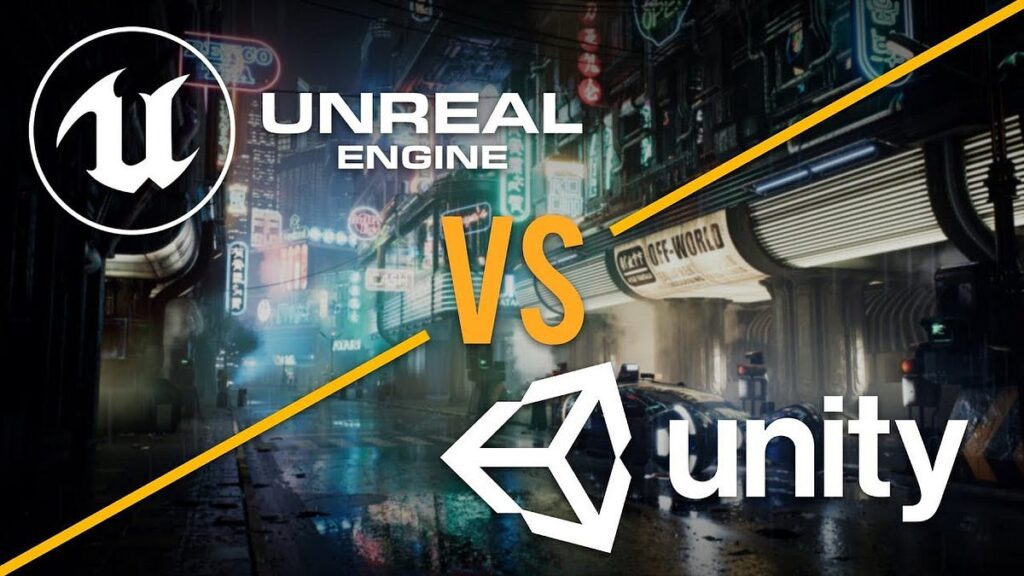Takeaway
The evolution of virtual world game development is reshaping multiplayer interactions in 3D spaces, driven by advancements in technology, user experience design, and community engagement. This article explores the intricate dynamics of multiplayer environments, the role of immersive technologies, and the implications for game developers aiming to create engaging and sustainable virtual worlds.
As the gaming industry continues to evolve, the concept of virtual worlds has emerged as a pivotal element in redefining multiplayer interactions. Virtual world game developers are at the forefront of this transformation, leveraging cutting-edge technologies to create immersive 3D spaces that foster social interaction, collaboration, and competition among players. This article delves into the technical aspects of virtual world development, the significance of multiplayer interaction, and the future trends shaping this dynamic landscape.
The Technical Framework of Virtual Worlds
At the core of virtual world game development lies a complex technical framework that integrates various components, including game engines, networking protocols, and user interface design. Game engines such as Unity and Unreal Engine have become industry standards, providing developers with robust tools to create visually stunning and interactive environments. According to a report by Newzoo (2023), the global gaming market is projected to reach $218.7 billion by 2024, with a significant portion attributed to multiplayer online games.
Game Engines and Their Role
Game engines serve as the backbone of virtual world development, enabling developers to create rich 3D environments that can accommodate numerous players simultaneously. Unity, for instance, offers a flexible platform that supports both 2D and 3D game development, while Unreal Engine is renowned for its high-fidelity graphics and advanced physics simulations. The choice of engine can significantly impact the user experience, as it dictates the level of detail, interactivity, and realism achievable within the virtual space.

Networking Protocols
Networking is another critical aspect of multiplayer interaction in virtual worlds. Developers must implement robust networking protocols to ensure seamless communication between players. Technologies such as Photon and Mirror provide frameworks for real-time multiplayer interactions, allowing developers to synchronize player actions and maintain a consistent game state. According to a study by the International Journal of Computer Games Technology (2022), effective networking solutions can reduce latency by up to 30%, significantly enhancing the user experience in fast-paced multiplayer environments.
Enhancing Multiplayer Interaction
Multiplayer interaction in virtual worlds is not merely about allowing players to coexist in a shared space; it involves creating meaningful connections and experiences that enhance gameplay. Developers are increasingly focusing on social dynamics, user-generated content, and community engagement to foster a sense of belonging among players.
Social Dynamics and Player Engagement
Social dynamics play a crucial role in shaping player interactions within virtual worlds. Games like “Fortnite” and “Roblox” have successfully integrated social features that encourage collaboration and competition among players. For instance, “Fortnite” employs a battle royale format that not only pits players against each other but also promotes teamwork through squad-based gameplay. According to Epic Games (2023), over 350 million players have engaged with “Fortnite,” highlighting the importance of social interaction in driving player retention.
User-Generated Content
User-generated content (UGC) has emerged as a powerful tool for enhancing multiplayer interaction. Platforms like “Roblox” empower players to create their own games and experiences, fostering a vibrant community of creators. Research by the Entertainment Software Association (2022) indicates that 57% of gamers are interested in creating their own content, underscoring the demand for tools that facilitate UGC. By enabling players to contribute to the virtual world, developers can cultivate a sense of ownership and investment in the game, leading to increased engagement and longevity.
The Role of Immersive Technologies
Immersive technologies, including virtual reality (VR) and augmented reality (AR), are revolutionizing the way players interact within virtual worlds. These technologies provide a heightened sense of presence, allowing players to engage with the environment and each other in unprecedented ways.
Virtual Reality in Multiplayer Games
Virtual reality has gained traction in the gaming industry, with titles like “Rec Room” and “VRChat” exemplifying the potential of VR for multiplayer interactions. According to Statista (2023), the global VR gaming market is expected to reach $12 billion by 2024, driven by advancements in hardware and software. VR enables players to experience a sense of physical presence within the game, enhancing social interactions through body language and spatial awareness.
Augmented Reality and Its Impact
Augmented reality, on the other hand, blends digital elements with the real world, creating unique multiplayer experiences. “Pokémon GO,” developed by Niantic, is a prime example of AR’s potential in fostering social interaction. The game encourages players to explore their surroundings, collaborate with others, and participate in community events. According to Niantic (2023), “Pokémon GO” has generated over $6 billion in revenue since its launch, demonstrating the commercial viability of AR in multiplayer gaming.

Future Trends in Virtual World Development
The future of virtual world game development is poised for exciting advancements, driven by emerging technologies and evolving player expectations. As developers continue to explore new possibilities, several key trends are likely to shape the landscape of multiplayer interactions in 3D spaces.
Artificial Intelligence and Machine Learning
Artificial intelligence (AI) and machine learning (ML) are set to play a transformative role in virtual world development. These technologies can enhance player interactions by creating dynamic and responsive environments. For instance, AI-driven non-player characters (NPCs) can adapt their behavior based on player actions, leading to more engaging and unpredictable gameplay. A study by the Journal of Game Development (2023) found that AI-enhanced NPCs can increase player immersion by up to 40%, highlighting the potential of AI in shaping multiplayer experiences.
Cross-Platform Play
Cross-platform play is another trend gaining momentum in the gaming industry. As players increasingly seek to connect with friends across different devices, developers are prioritizing cross-platform compatibility. Games like “Call of Duty: Warzone” and “Minecraft” have successfully implemented cross-platform features, allowing players to engage with one another regardless of their chosen platform. According to a report by SuperData (2023), cross-platform play can increase player retention by 20%, emphasizing its importance in fostering a vibrant multiplayer community.
Conclusion
In conclusion, virtual world game developers are redefining multiplayer interaction in 3D spaces through innovative technologies, social dynamics, and immersive experiences. By leveraging game engines, networking protocols, and user-generated content, developers can create engaging environments that foster meaningful connections among players. As the industry continues to evolve, the integration of AI, cross-platform play, and immersive technologies will further enhance the multiplayer experience, paving the way for a new era of virtual worlds. The key takeaway for developers is to prioritize player engagement and community building, ensuring that their virtual worlds remain dynamic, inclusive, and sustainable.

